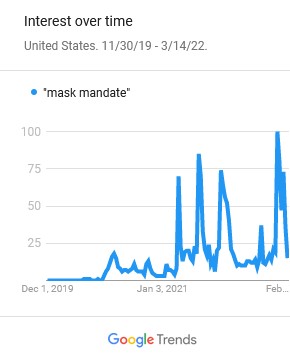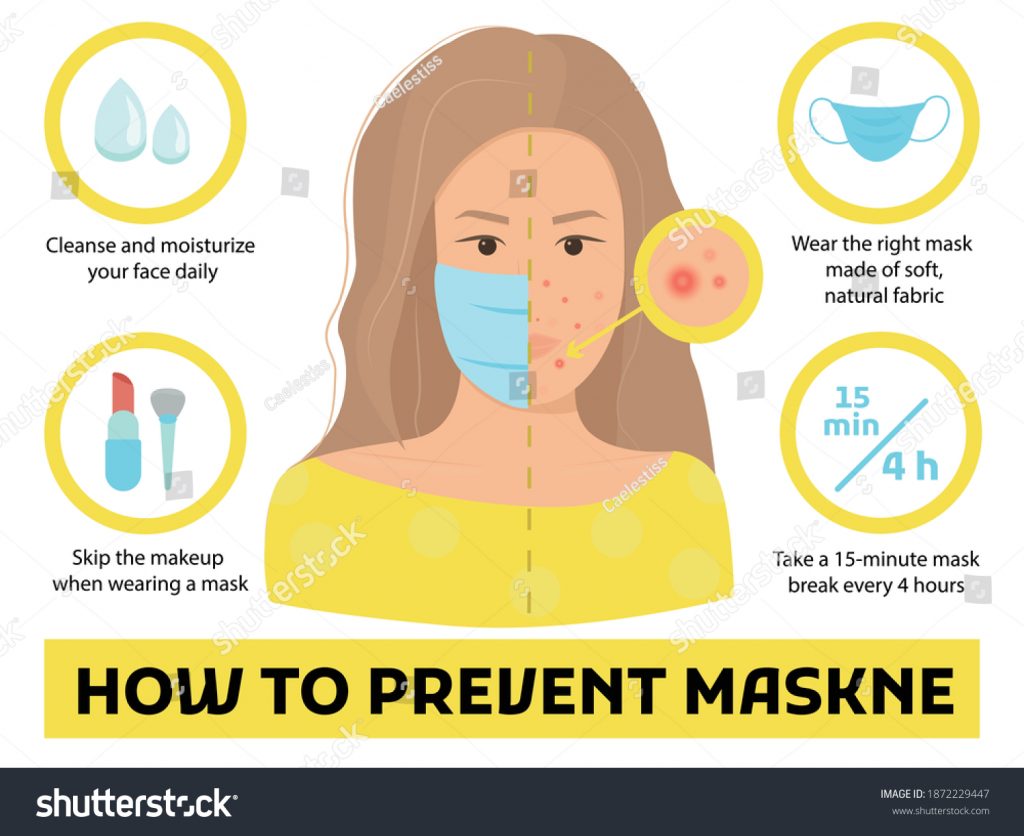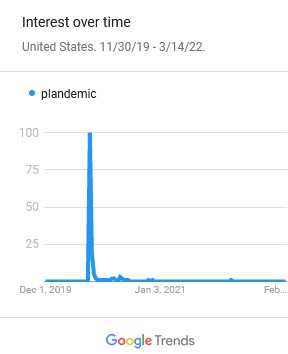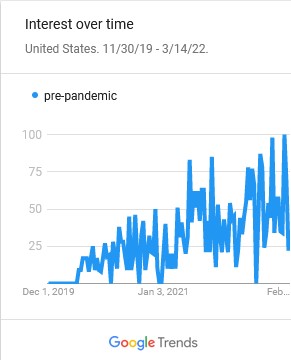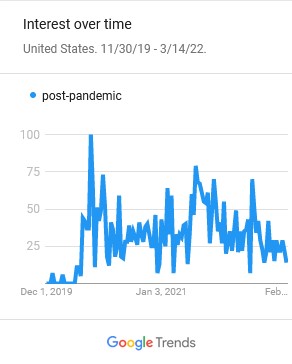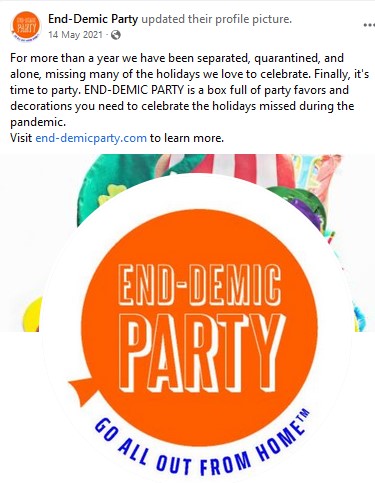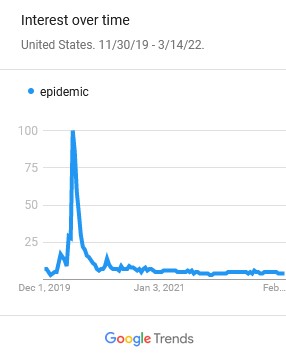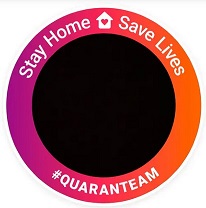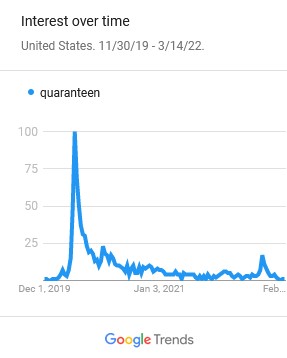Bad news is prolific these days, whether you read about it in newspapers or watch it on TV. When using mobile devices, the user has instant access to everything. They can scroll through depressing news feeds or search for the latest pandemic news. Doing this excessively creates a state of fear and anxiety in readers especially when the subject matter is Covid-19 or the Ukraine war, hence, the reason that the terms “doomscrolling” and “doomsurfing” came into existence.
Merriam-Webster’s has an entry for both terms under their “Word’s we’re watching” section. Under the opening title “Can you think of a better way to spend your time?” the online dictionary summarizes the two terms: “Doomscrolling and doomsurfing are new terms referring to the tendency to continue to surf or scroll through bad news, even though that news is saddening, disheartening, or depressing. Many people are finding themselves reading continuously bad news about COVID-19 without the ability to stop or step back.”
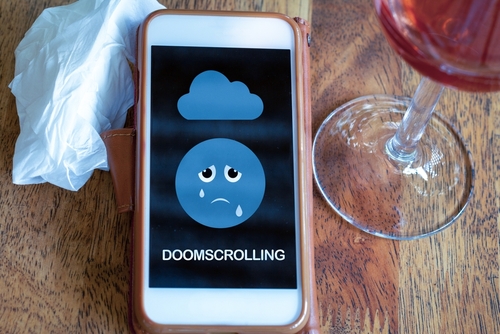
In the April 11, 2020 issue of The Los Angeles Times, columnist Mark Barabak defines “‘doomscrolling’ as slang for an excessive amount of screen time devoted to the absorption of dystopian news.” The origins of “doom scrolling” go back to pre-pandemic times when “Quartz reporter Karen Ho has been posting regular reminders on Twitter — often, between the hours of 11 p.m. and 1 a.m. — to stop doomscrolling and go to bed” (Merriam-Webster Dictionary).
The earliest reference to “doomsurfing” I found appears in an article written for the New York Times on March 20, 2020 entitled “The Week in Tech: How to Stop Coronavirus ‘Doomsurfing’.” Columnist Kevin Roose writes: “I should not have read the Imperial College coronavirus report before bed. The now-famous report by a team of British epidemiologists, which was posted online this week, laid out the worst-case scenario for the coronavirus, predicting that as many as 2.2 million Americans could die if the disease was left to spread unchecked…I’ve been doing a lot of this kind of doomsurfing recently – falling into deep, morbid rabbit holes filled with coronavirus content, agitating myself to the point of physical discomfort, erasing any hope of a good night’s sleep. Maybe you have, too. There’s nothing wrong with staying informed. But we need to practice self-care, and balance our consumption of grim news with gentler kinds of stimulation, for our own health and the sanity of those around us.“
If you’re constantly finding yourself scrolling through bad news, do yourself a favor: turn off the phone or television, put your sneakers on and go out for a walk – and don’t forget your mask.
Social Media Trends as of May 17, 2022
Facebook #doomscrolling: 4,200 people are posting about this
Instagram #doomscrolling: 7,408 posts
TikTok #doomscrolling: 2.5 million views
YouTube #doomscrolling: 167 videos and 108 channels
Facebook #doomsurfing: people are posting about this
Instagram #doomsurfing: 400 posts
TikTok #doomsurfing: 760 views
YouTube #doomsurfing: less than 100 videos and channels
Google Trends: I mentioned earlier in this post that Karen Ho began using the term Doomscrolling on Twitter as early as 2018, however it did not get picked up by Google Trends until the week of April 12, 2020 where it registered as a tiny blip. The term peaked during the week of November 1, 2020 and again on January 10, 2021 and then its popularity went down and leveled off.
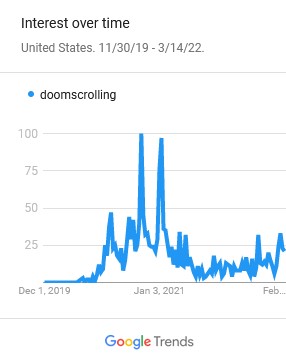
Google Trends: doomsurfing appeared during the week of March 15, 2020 when the pandemic arrived in America. It reached its peak during the week of September 6, 2020 before leveling off and falling back down to zero.
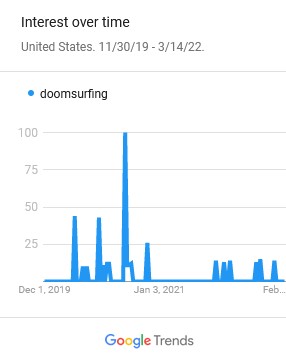
Sources:
Barabak, Mark. “‘Quarantini.’ ‘Doomscrolling.’ Here’s how the coronavirus is changing the way we talk.” The Los Angeles Times. April 11, 2020. URL: https://www.latimes.com/world-nation/story/2020-04-11/coronavirus-covid19-pandemic-changes-how-we-talk.
Holly Harry. “Doomscrolling on mobile phone on table with glass of wine and tissue, continuing to search or scroll through bad news and events on social media, even though it is depressing.” Shutterstock.com. Standard License. Royalty-free stock vector ID: 2133172859.”
“On ‘Doomsurfing’ and ‘Doomscrolling.’ Can you think of a better way to spend your time?” Merriam-Webster Dictionary. URL: https://www.merriam-webster.com/words-at-play/doomsurfing-doomscrolling-words-were-watching.
Roose, Kevin. “The Week in Tech: How to Stop Coronavirus ‘Doomsurfing’.” The New York Times. March 20, 2020. URL: https://www.nytimes.com/2020/03/20/technology/coronavirus-doomsurfing.html.
